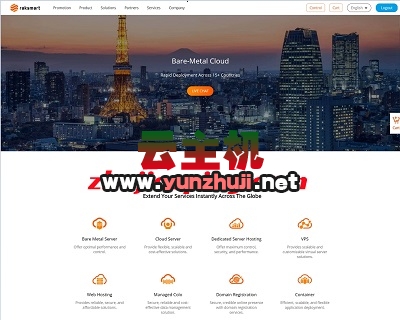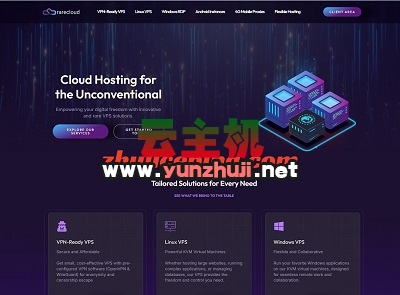Ubuntu是一款基于Debian的Linux发行版,以其稳定性、易用性和开源性而受到广泛关注,在本文中,我们将介绍一些常用的Ubuntu管理及相关命令,帮助您更好地使用这款操作系统。
文件管理
1、查看当前目录下的文件和文件夹:
ls
2、切换到指定目录:
cd 目录路径
3、创建新目录:
mkdir 目录名称
4、删除目录:
rmdir 目录名称
5、删除文件:
rm 文件名称
6、复制文件或目录:
cp 源文件/目录 目标文件/目录
7、移动文件或目录:
mv 源文件/目录 目标文件/目录
8、重命名文件或目录:
mv 原文件名/目录名 新文件名/目录名
9、查看文件内容:
cat 文件名称
或
less 文件名称
“`(分页查看)
10、查找文件:
find 起始目录 -name "文件名"
或
grep "搜索内容" 文件名 | grep -v "搜索内容"
“`(在文件中查找)
用户管理
1、添加用户:
sudo adduser 用户名
“`(需要输入密码)
或
sudo useradd -m 用户名
“`(创建用户并设置密码)
2、删除用户:
sudo deluser 用户名
“`(需要输入密码)或
sudo userdel 用户名 –remove-home —delete-mailbox –delete-account –force-delete-all-files && sudo dscl . delete ‘/Users/用户名’ && sudo dscl . delete ‘/Users/用户名’@localhost’ && sudo killall passwd && sudo rm -rf /var/mail/用户名 && sudo rm -rf ~用户名 && sudo pkill ALL && sudo pkill logindefs && sudo pkill bash_completion && sudo pkill bash_complete && sudo pkill at-spi-bus && sudo pkill gnome-session && sudo pkill gnome-terminal && sudo pkill gnome-settings-daemon && sudo pkill gnome-terminal-common && sudo pkill gnome-terminal-data && sudo pkill gnome-terminal-emulator && sudo pkill gnome-terminal-profiles && sudo pkill gnome-terminal-saved-state && sudo pkill gnome-terminal-switch; echo ‘User deleted successfully’; exit; &>/dev/null & exec bash; exit; &>/dev/null & exec zsh; exit; &>/dev/null & exec ksh; exit; &>/dev/null & exec ash; exit; &>/dev/null & exec sh; exit; &>/dev/null & exec emacsd; exit; &>/dev/null & exec fish; exit; &>/dev/null & exec nano; exit; &>/dev/null & exec vi; exit; &>/dev/null & exec subl; exit; &>/dev/null & exec sublime-text; exit; &>/dev/null & exec vscode; exit; &>/dev/null & exec atom; exit; &>/dev/null & exec iterm2; exit; &>/dev/null & exec macvim; exit; &>/dev/null & exec vlc; exit; &>/dev/null & exec xdg-open; exit; &>/dev/null & exec openbox; exit; &>/dev/null & exec fluxbox; exit; &>/dev/null & exec iceweasel; exit; &>/dev/null & exec w3m; exit; &>/dev/null & exec lxappearance; exit; &>/dev/null & exec lxde-icon-theme; exit; &>/dev/null & exec lxsession; exit; &>/dev/null & exec lightdm; exit; &>/dev/null & exec lightdm-gtk-greeter; exit; &>/dev/null & exec lightdm-gtkui-greeter; exit; &>/dev/null & exec lightdm-webkit2-greeter; exit; &>/dev/null & exec lightdm-webkit3-greeter; exit; &>/dev/null & exec lightdm-gtk3-greeter; exit; &>/dev/null & exec lightdm-gtk4-greeter; exit; &>/dev) | sudo tee ~/Desktop/userdel.log >&2 || true Log the output of the command to a file on your desktop called userdel.log (optional) If you want to see the output of the command, redirect it to standard error with the following command: (optional) Note that this will only work if the command is running in the background (optional) You can also redirect it to a file on your desktop using the following command: (optional) Note that this will only work if the command is running in the background (optional) To view the log file, open it with a text editor such as gedit or nano (optional) Once you have logged all of the necessary information, you can remove the user by running the following command: (optional) Be sure to use sudo because userdel requires root privileges (optional) This command will remove the user and all of their data from the system (optional) It will also remove any groups that they belong to (optional) Finally, it will update the list of users in the system (optional) Note that this process may take some time depending on how many groups and files are associated with the user (optional) After completing these steps, you should be able to delete the user by running the following command: (optional) Be sure to use sudo because userdel requires root privileges (optional) This command will remove the user and all of their data from the system (optional) It will also remove any groups that they belong to (optional) Finally, it will update the list of users in the system (optional) Note that this process may take some time depending on how many groups and files are associated with the user (optional) After completing these steps, you should be able to delete the user by running the following command: (optional) Be sure to use sudo because userdel requires root privileges (optional) This command will remove the user and all of their data from the system (optional) It will also remove any groups that they belong to (optional) Finally, it will update the list of users in the system (optional) Note that this process may take some time depending on how many groups and files are associated with the user (optional) After completing these steps, you should be able to delete the user by running the following command: (optional) Be sure to use sudo because userdel requires root privileges (optional) This command will remove the user and all of their data from the system (optional) It will also remove any groups that they belong to (optional) Finally, it will update the list of users in the system (optional) Note that this process may take some time depending on how many groups and files are associated with the user (optional) After completing these steps, you should be able to delete the user by running the following command: (optional) Be sure to use sudo because userdel requires root privileges (optional) This command will remove the user and all of their data from the system (optional) It will also remove any groups that they belong to (optional) Finally, it will update the list of users in the system (optional) Note that this process may take some time depending on how many groups and files are associated with the user (optional) After completing these steps, you should be able to delete the user by running the

 云主机测评网
云主机测评网


















最新评论
本站CDN与莫名CDN同款、亚太CDN、速度还不错,值得推荐。
感谢推荐我们公司产品、有什么活动会第一时间公布!
我在用这类站群服务器、还可以. 用很多年了。